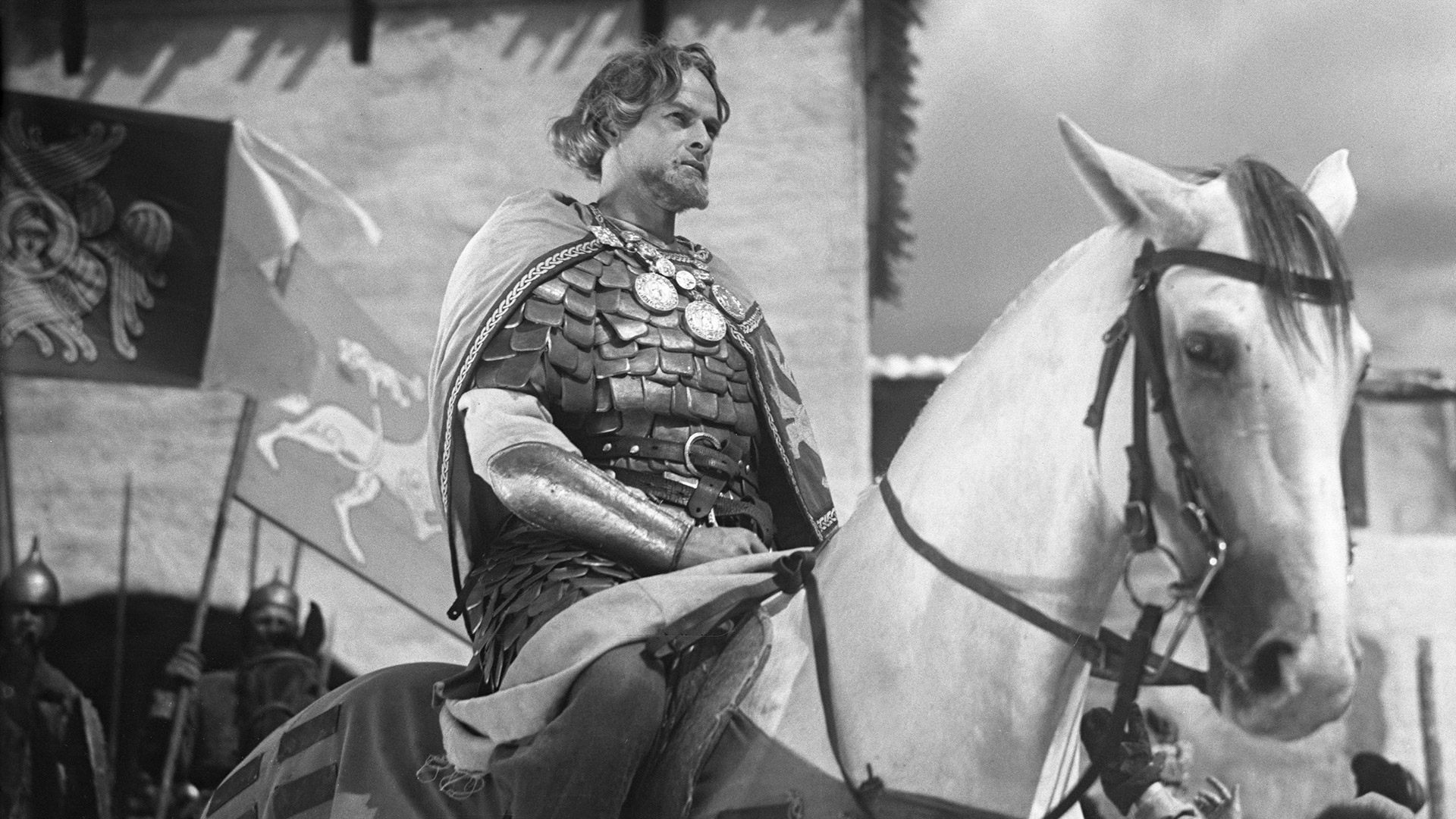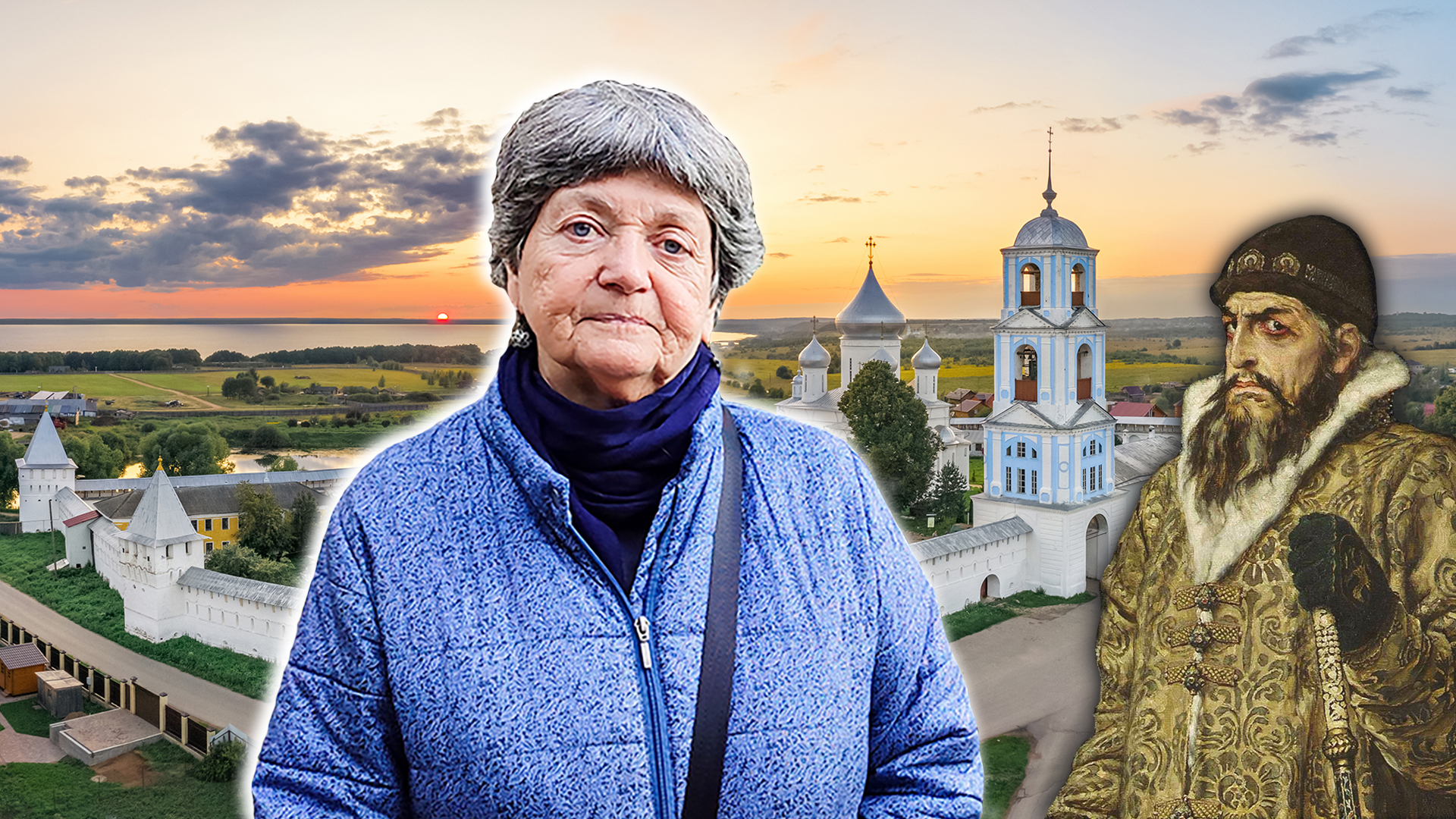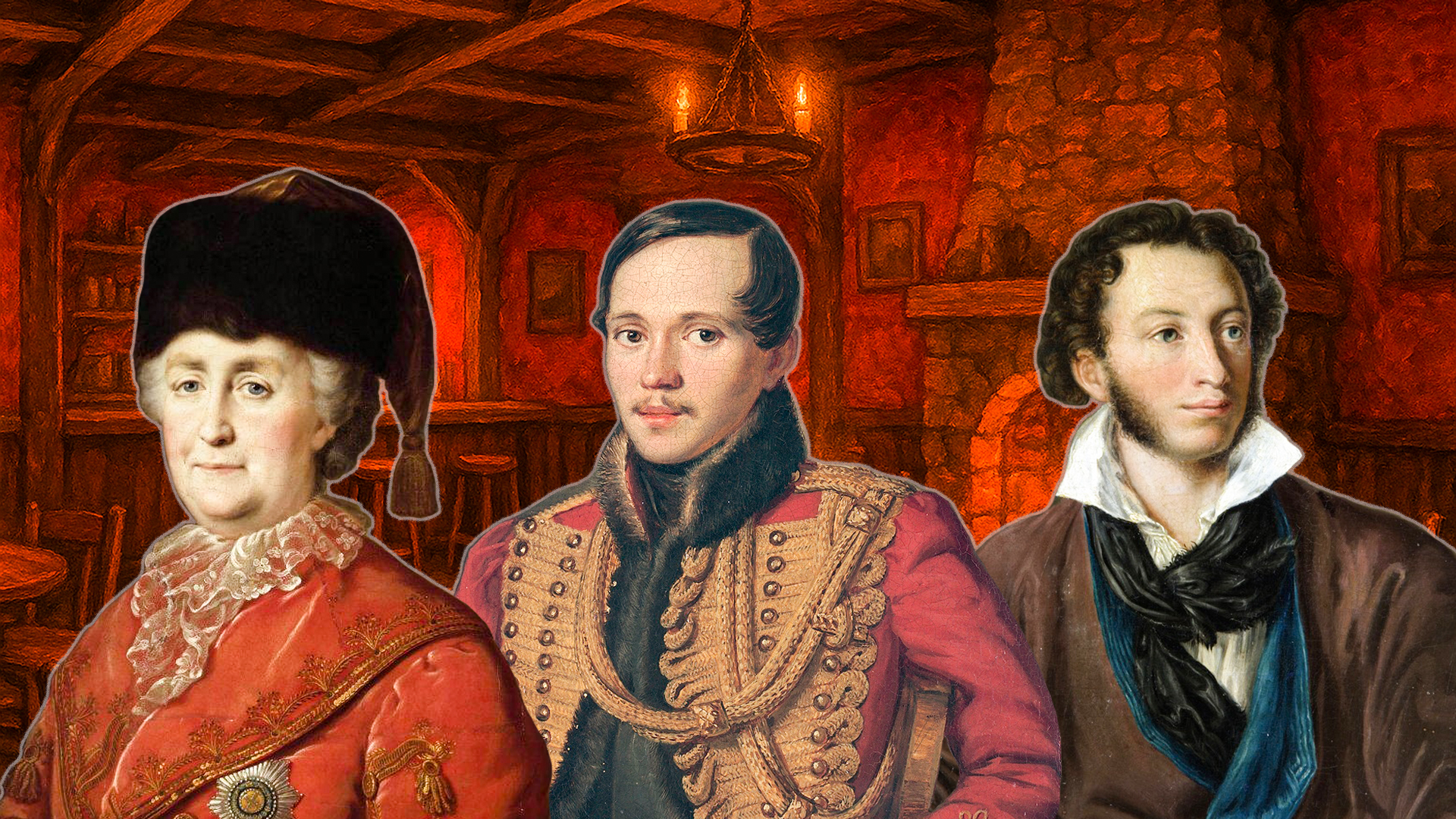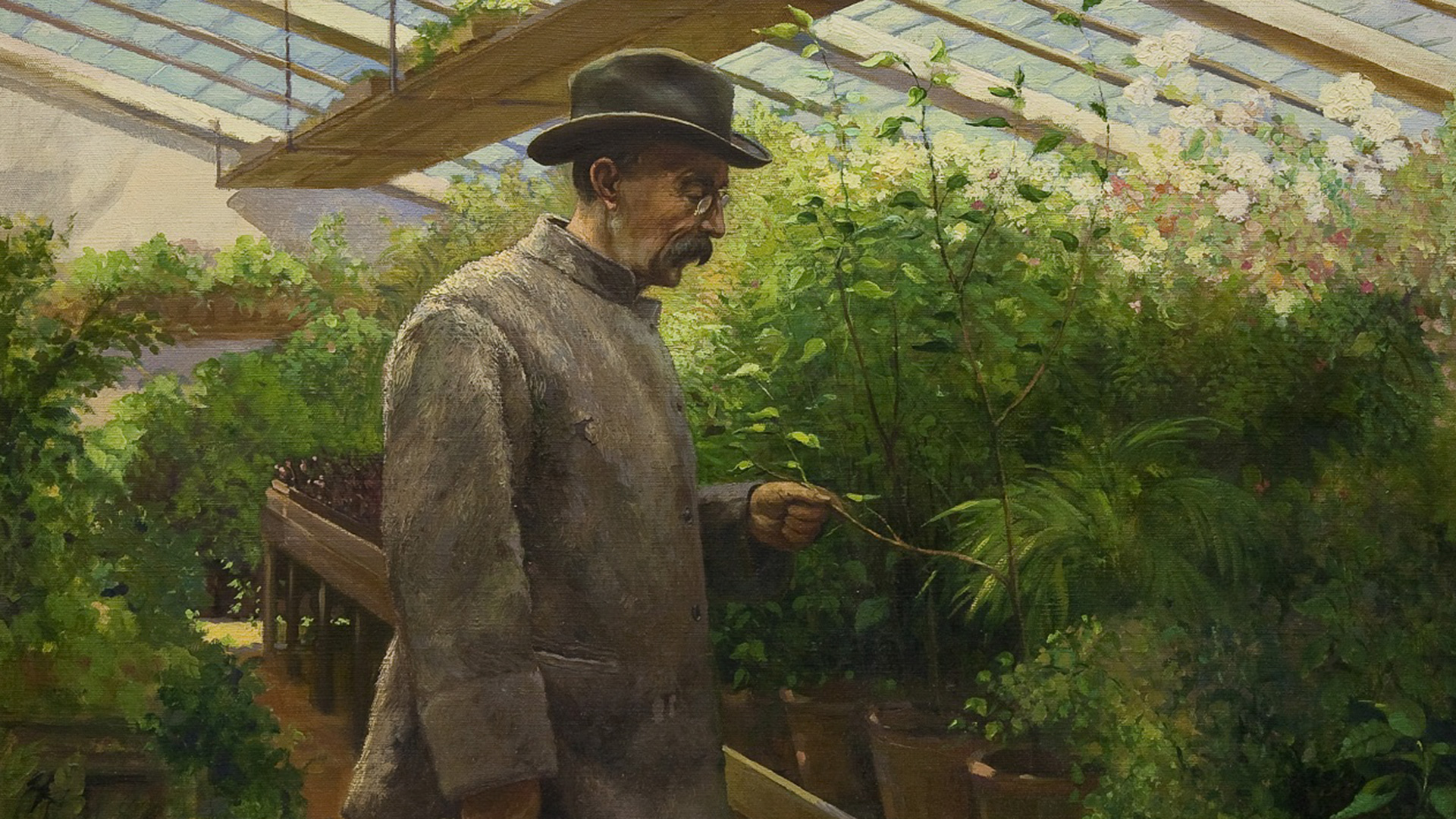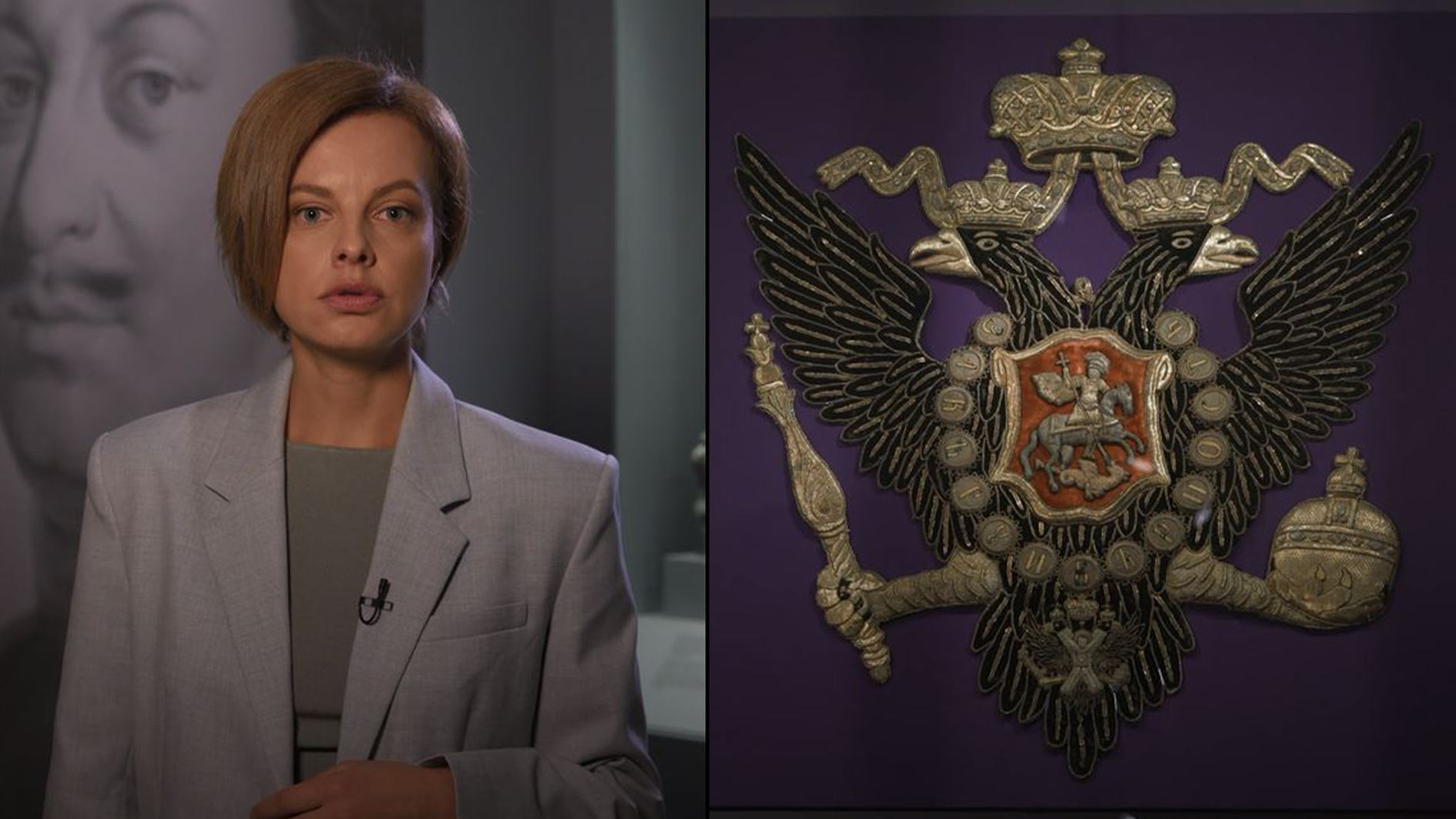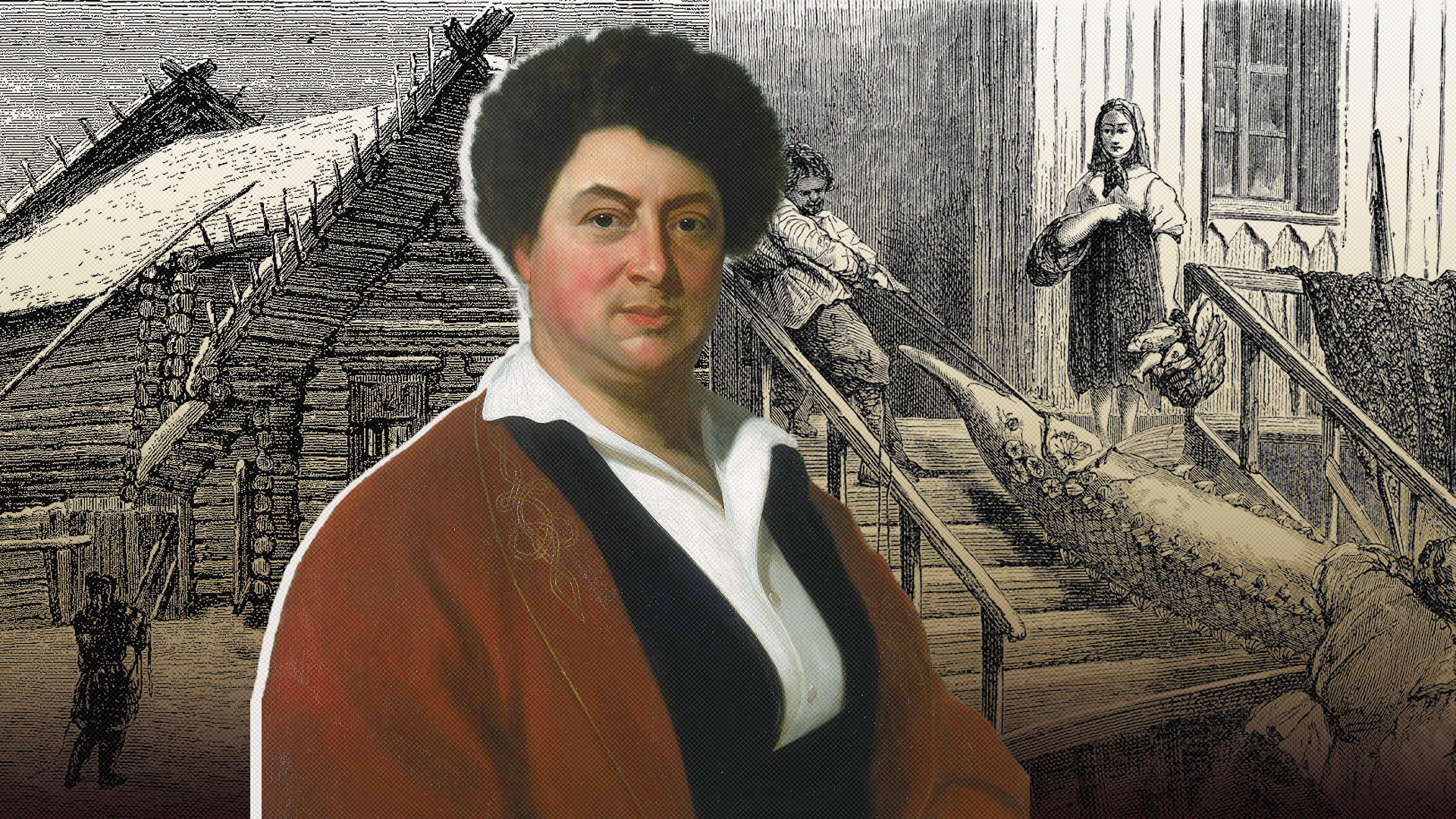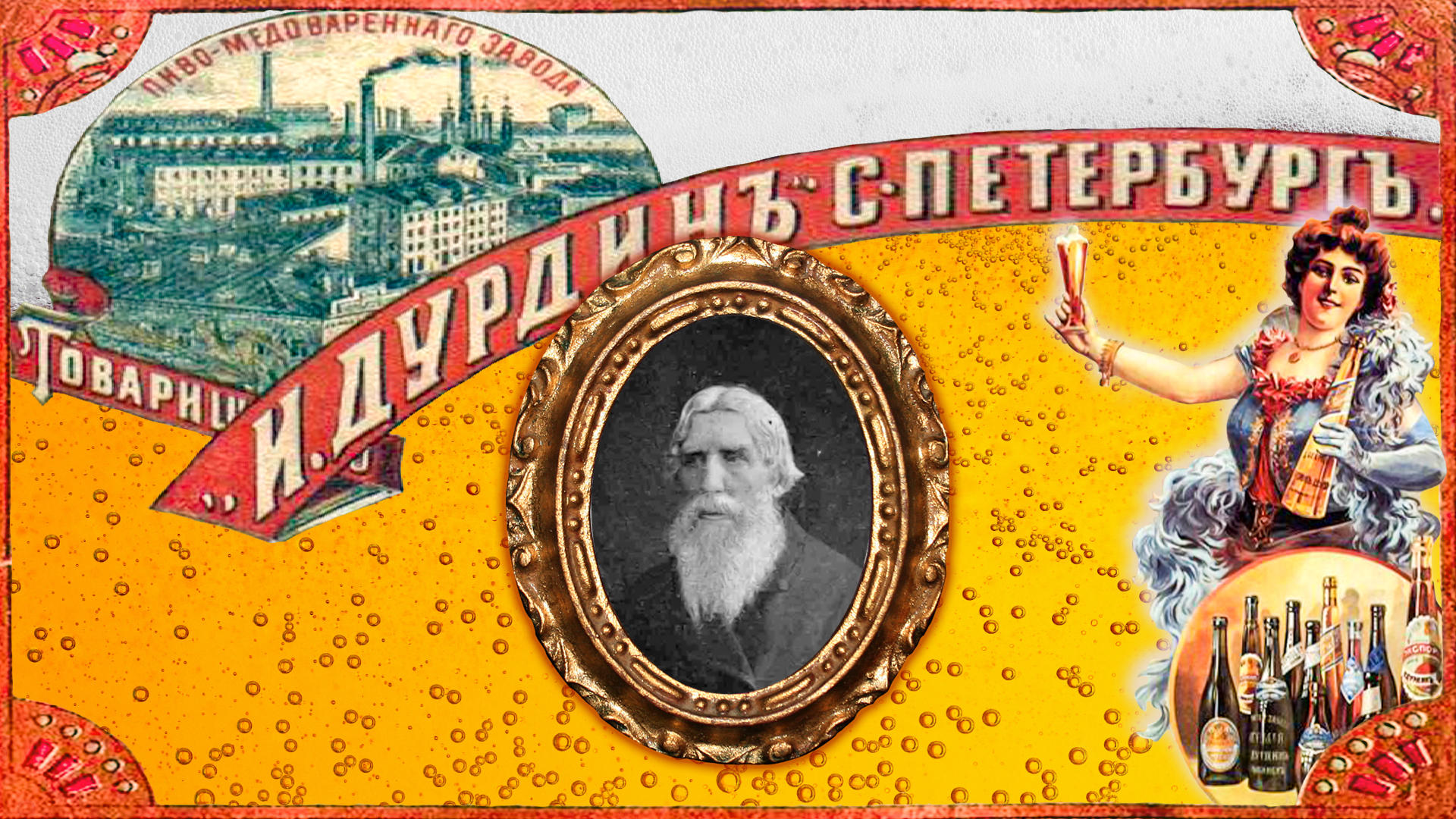
Which Russian empress did Andersen read his fairy tales to?

The writer was a frequent and welcome guest to the Danish royal family. The little princes and princesses delighted in listening to his tales and the younger ones were even allowed to stay up a little later when he visited.
A friendship developed between the renowned storyteller and the then young princess Dagmar. When Dagmar sailed for Russia on the ‘Schleswig’ steamship in 1866 to marry Tsarevich Alexander Alexandrovich, Andersen was among those seeing her off as a family friend.
Once in Russia, Dagmar, now Grand Duchess Maria Feodorovna, did not forget the writer and introduced Andersen into the Russian Empire. Before her arrival, his fairy tales, although praised by such venerable critics as Belinsky, Dobrolyubov and Chernyshevsky, were under suspicion by church censors.
However, under the influence of the future empress, the ban was lifted. Andersen not only began to be published – he was widely publicized. Academician of painting Mikhail Klodt was, meanwhile, hired to illustrate the tales. So, it's safe to say that the fact that many generations of Russian and, later, Soviet children grew up on ‘The Steadfast Tin Soldier’, ‘The Snow Queen’ and ‘Thumbelina’ is in no small part due to Empress Maria Feodorovna, the former Danish Princess Dagmar.
The friendship between the storyteller and the empress continued until Andersen's death in 1875. Their last personal meeting took place a year earlier, when Maria Feodorovna and her husband visited Denmark.


